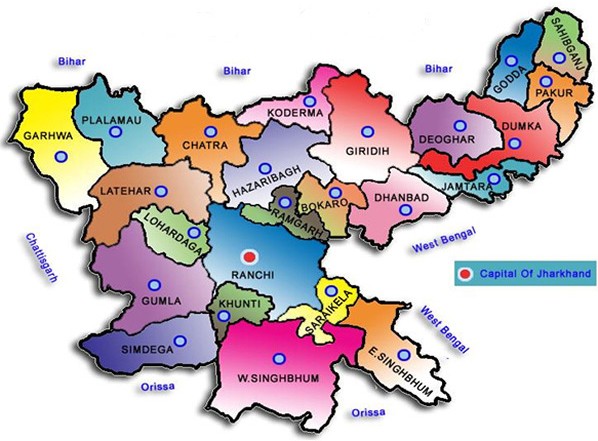As per a national study report on Existing Capacities in WATSAN Sector by the WASH Institute in 2009, Jharkhand falls under the category of “low improved water supply and low toilet coverage” (DLHS, 2007-2008). About 54% of rural households (a large portion of which are indigenous tribes) do not have access to a safe drinking water source, since hand pumps and piped water supplies are contaminated to various degrees by the time water reaches the consumer.
The Columbia Water Center’s work is based on the following problem statements put forth by the Drinking Water & Sanitation Department (DWSD) of the Government of Jharkhand:
- Feasibility of cost-effective sustainable technology for rain water harvesting
- Feasibility of cost-effective and sustainable means of harnessing water stored in abandoned mines
- Feasibility of cost-effective technologies for providing rural populations with safe affordable and sustainable drinking water
- Feasibility to provide cost-effective and sustainable solar-based drinking water supply
We are working with the Government to develop analytical tools which support the implementation of a drinking water strategy that can works within the framework of the government programs.

